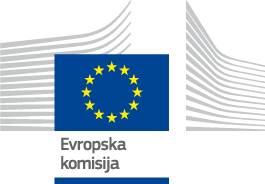The FLAG area consists of woodland and a large number of lakes and rivers as well as some off-shore islands. This is a coastal region that includes eight municipalities in total. Bräcke, Ånge, Timrå and Sollefteå are inland municipalities with lakes and rivers connected to the coastal waters. Sundsvall, Kramfors, Härnösand, and Örnsköldsvik municipalities have inland lakes and rivers as well as coastal maritime environments.

